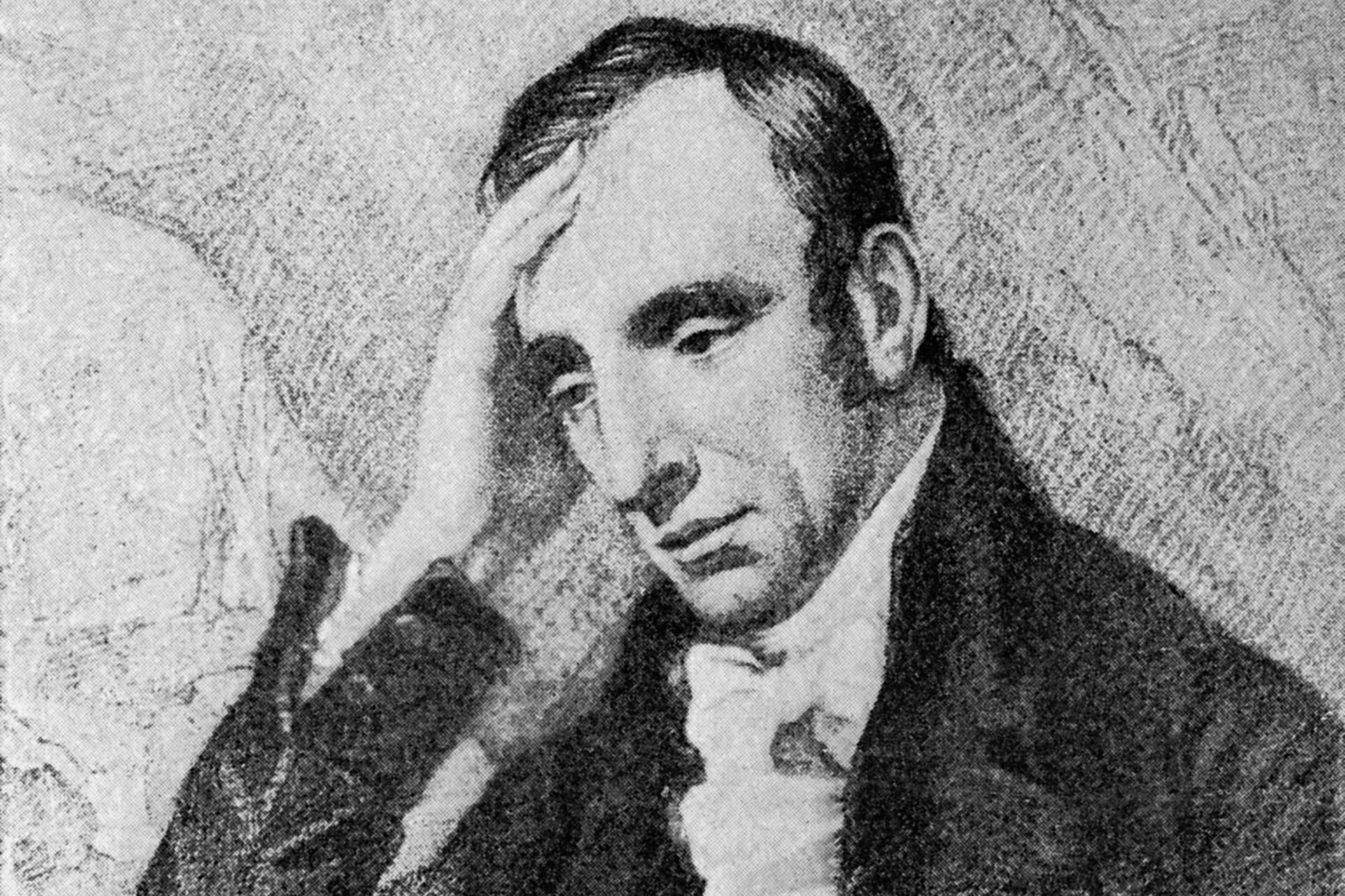- Velocity
- Posts
- The Emergence of Synthetic Imagination in the Age of AI
The Emergence of Synthetic Imagination in the Age of AI
GPT-4 beats students in a blind comparison of creative ideas.
Are LLMs more creative than Uni Students?
In a recent paper entitled “Ideas are Dimes a Dozen: Large Language Models for Idea Generation in Innovation”, some remarkable results emerged. The study demonstrated that in a blind comparison of the ideas proposed by GPT-4 and uni students, GPT-4’s ideas demonstrated a greater ‘creativity’ and ‘quality’ as rated by a human audience. Moreover, the majority of the ‘best’ ideas were in the pool generated by GPT-4. Whilst this isn’t evidence that ‘LLMs are more creative than humans’, but the paper does raise crucial questions for how we understand creativity, ideation and the imagination. While potentially unsettling, it disrupts the notion creativity and ideation is an exclusively human domain, a sanctuary impervious to the encroachments of artificial intelligence. Before reading on, check out the following finding from the study:
”Large language models (LLMs) such as OpenAI's GPT series have shown remarkable capabilities in generating fluent and coherent text in various domains. We compare the ideation capabilities of ChatGPT-4, a chatbot based on a state-of-the-art LLM, with those of students at an elite university. ChatGPT-4 can generate ideas much faster and cheaper than students, the ideas are on average of higher quality (as measured by purchase-intent surveys) and exhibit higher variance in quality”.
William Wordsworth and the Romantic Understanding of Imagination
To gain a deeper understanding of the concept of imagination, I want to turn to the Romantic period and the writings of William Wordsworth, who was arguably the most influential figure in Romantic poetry. In his exploration of imagination, Wordsworth described it as a sublime and divine faculty. He saw it as an amalgamating force, capable of transforming and elevating ordinary experiences and ideas into something transcendental, something beyond explanation. For Wordsworth, the imagination was more than just a creative tool; it was a bridge to the divine.
Yet, we are now witnessing the birth of machines that operate on principles akin to Wordsworth's imagination – synthesizing, amalgamating, transforming. After all, AI models do not create ex nihilo; they analyze patterns, contexts, and nuances from their extensive training data, much like how Wordsworth believed the human mind works—piecing together fragments of experience and thought to generate a new ‘integrated’ whole. The essence of synthesis lies in creating something that is more than the sum of its parts, a notion that resonates with the Romantics’ view of imagination. Increasingly, LLMs are arriving at conclusions or expressions that exhibit a tangible form of creativity and at the very least produce meaningful echoes one aspect of the human imaginative process.
‘But Large Language Models are just Stochastic Parrots! They’re not truly capable of reasoning or imagination’
Most people point out that an LLM’s recursive generation is not ‘truly’ transformational or imaginative and thus LLMs are, at best, sophisticated mimics at this time. That’s an important distinction to make, but it’s simply missing the forest for the tree. It’s increasingly not going to matter, because even if LLMs only mimic the synthetic aspects of the imagination, people will still elect to use LLMs as aids and witnesses to their own imaginative and creative process (just as we have come to routinely use search engines as a way of curating, discovering and understanding information over the past few decades).
Right now, although I frequently use ChatGPT to solve bugs when coding. I’m reticent about using it to write things for me. The underlying fear is that it won’t be able to adequately capture my voice, or the spirit I intend behind my essays. But, as increasingly personalised LLM workflows emerge, there’s no reason a model couldn’t intuit or effectively capture these qualities, and become an integrated extension of my imaginative capacities.
Why are we afraid of thinking about AI as ‘creative’?
If we accept that LLMs are capable of some form of creativity, does the emergent synthetic imagination diminish the human imagination? Does it render our existing creative endeavors less extraordinary, less unique? At the heart of these kinds of questions is the fear of obsolescence and of losing something we consider uniquely ‘sacred’ to us (a fear I do share at times). However, while we are at this crucial juncture, we can start to rethink our understanding of creativity itself.
Creativity does not have to be a finite, exclusive resource. Instead, we can think of it as a universal principle that can manifest in diverse forms – both biological and artificial. And it should be actively exciting to contemplate the new synergies between human and machine-oriented creativity, which will lead to achievements and breakthroughs that were previously unimaginable.
